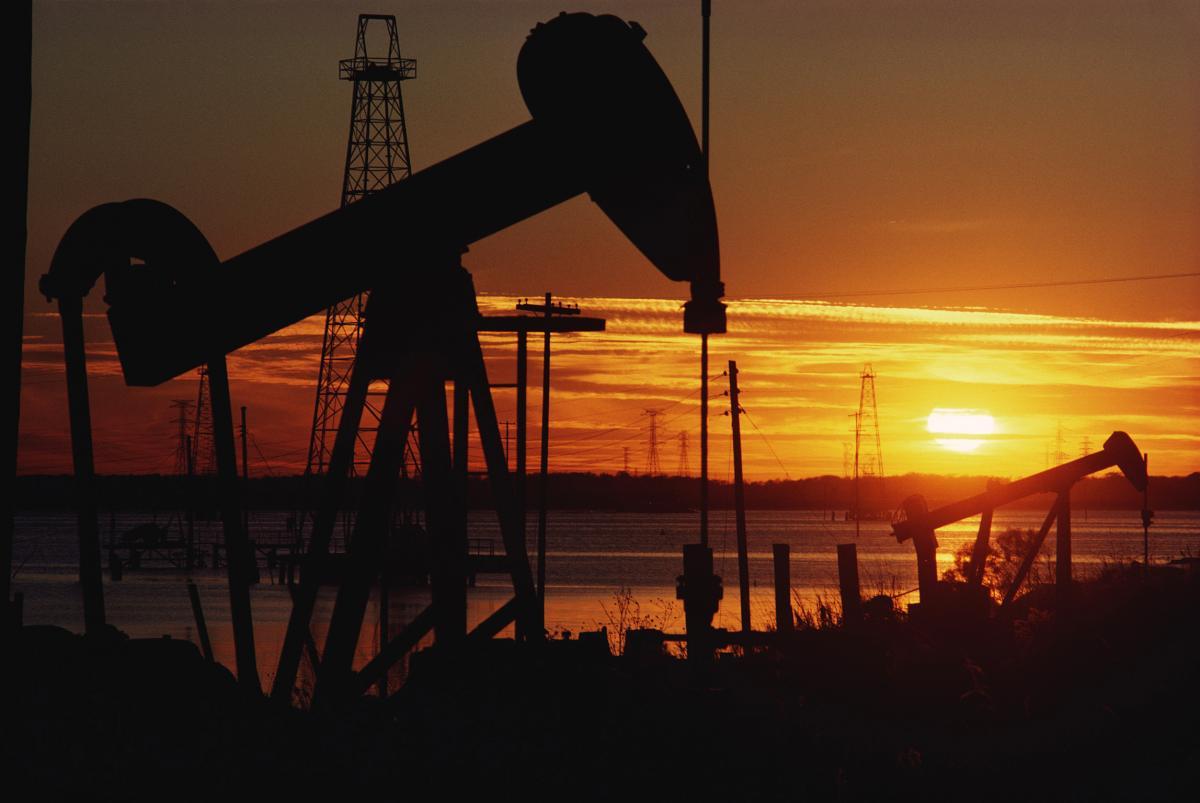OPEC+ and the IEA have jousted in recent months over their outlooks for global oil supply and demand.
Consumer countries represented by the IEA have argued that tightening supplies drive up prices and could threaten a recession, while OPEC+ blames Western monetary policy for market volatility and inflation which undercuts the value of its oil.
“Oil market balances were already set to tighten in the second half of 2023, with the potential for a substantial supply deficit to emerge,” the IEA said in its monthly oil report on Friday.
“The latest cuts risk exacerbating those strains, pushing both crude and product prices higher. Consumers currently under siege from inflation will suffer even more from higher prices,” it added.
The IEA saw 2023 demand at a record 101.9 million barrels per day, up 2 million barrels per day on last year and on par with its prediction last month.
OPEC+ called its surprise cut decision a “precautionary measure” and in a monthly oil report published on Thursday OPEC cited downside risks to summer oil demand from high stock levels and economic challenges.
The IEA announced it expected global oil supply to fall by 400,000 bpd by the end of the year citing an expected production increase of 1 million bpd from outside of OPEC+ beginning in March versus a 1.4 million bpd decline from the producers bloc.
Gains outside the producer alliance were due to be led by the United States and Brazil, with Norway and Ecuador also making significant contributions.
Rising global oil stocks may have influenced the OPEC+ decision, the IEA added, noting the Organisation for Economic Cooperation and Development (OECD) industry stocks in January hit their highest level since July 2021 at 2.83 billion barrels.
The demand picture will be skewed between lacklustre growth in OECD countries and rebounding demand led by China after the relaxation of its COVID-19 restrictions, the IEA added.
Meanwhile Russian oil exports in March hit their highest levels since April 2020 on robust oil product flows, the IEA said, despite a seaborne import ban from the European Union and a price cap sanctions policy spearheaded by the United States.
Russia’s March revenue rose by $1 billion month on month to $12.7 billion, but was still 43% lower than a year earlier partly due to capped prices on its seaborne oil exports.
